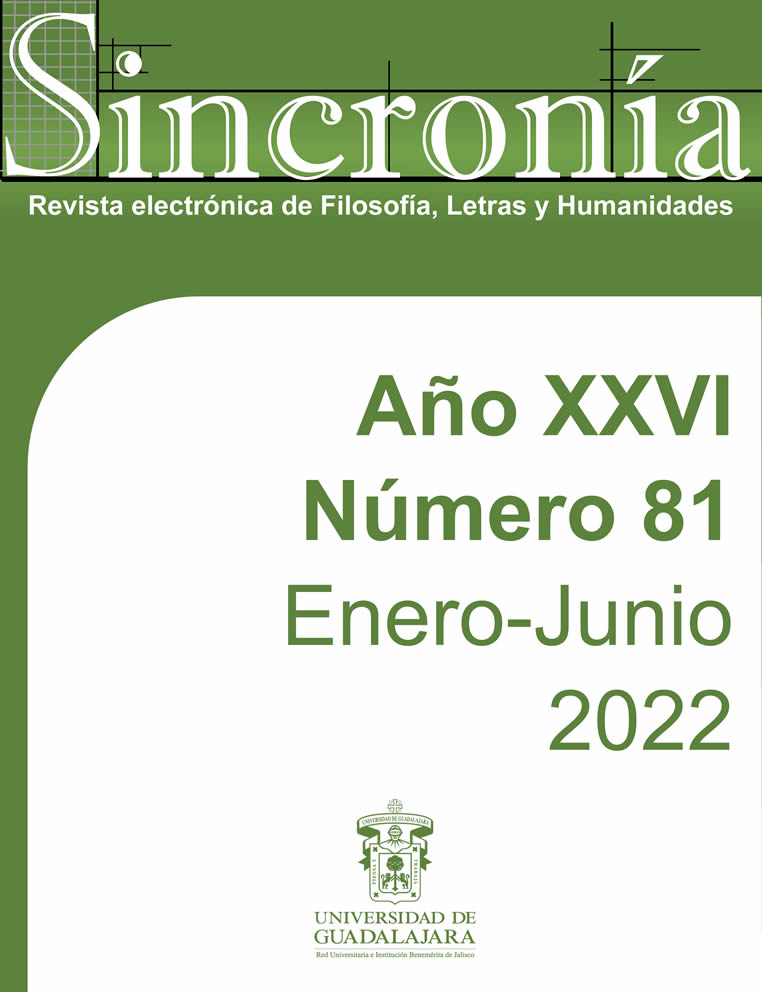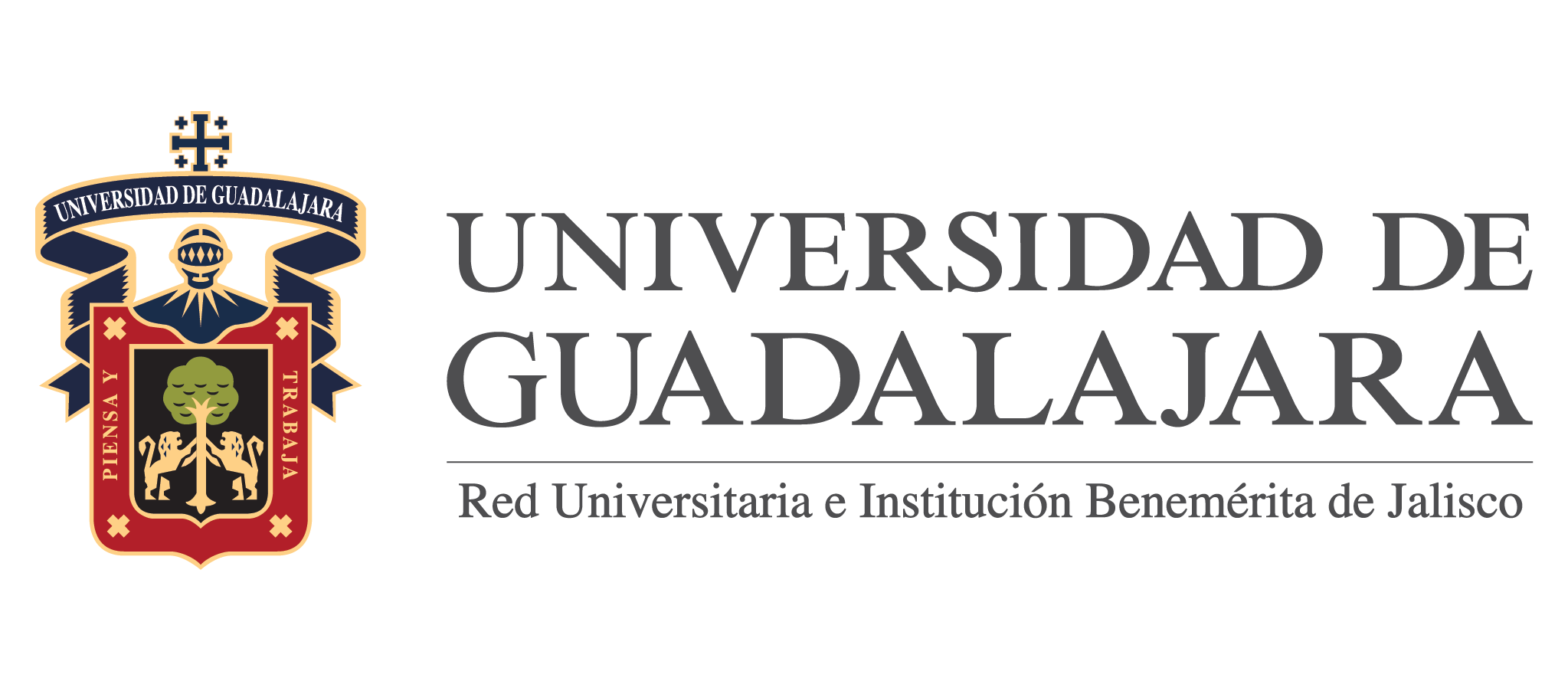Explosive bottles: power systems in Cuentos de maldad (y uno que otro maldito) by Alma Delia Murillo
Keywords:
Monarch, Juristic, Penal, CorrectiveAbstract
In this article I explore and describe the systems of power that are narrated in the book by
the Mexican writer Alma Delia Murillo Cuentos de maldad (y uno que otro maldito) (2020).
The classification is my own. However, it arises from the theory of power and control over
bodies developed by Michel Foucault. This classification responds to the need to highlight
how the power system predisposes the character's actions, making them react according to
their possibilities. These systems place characters in situations of inequality and, without
legal authority to help them change their circumstances, they solve their problems through
personal and personalized revenge.
Thus, I find four power systems in Murillo's tales. 1) New penal monarch, revenge is
carnal and aggressive against another character. 2) New corrective monarch, revenge is
aggressive, but against the oppressive system. 3) Corrective jurist, revenge is physical, but it
is neither carnal nor aggressive and can go against another character or institution. 4)
Criminal jurist, revenge is symbolic in its entirety that is the physical integrity of the
character or institution to which it is addressed is not damaged. Observing the mechanisms
of discipline and body control methods reveals a realism little explored in Murillo's
literature. Which also demonstrates the impact that these systems have on literary
narratives by shaping situations and characters.
Downloads
Downloads
Published
How to Cite
Issue
Section
License
Copyright (c) 2021 Rebeca Medina Aragón

This work is licensed under a Creative Commons Attribution-NonCommercial 4.0 International License.
You are free to:
- Share — copy and redistribute the material in any medium or format
- Adapt — remix, transform, and build upon the material
- The licensor cannot revoke these freedoms as long as you follow the license terms.
Under the following terms:
- Attribution — You must give appropriate credit , provide a link to the license, and indicate if changes were made . You may do so in any reasonable manner, but not in any way that suggests the licensor endorses you or your use.
- NonCommercial — You may not use the material for commercial purposes .
- No additional restrictions — You may not apply legal terms or technological measures that legally restrict others from doing anything the license permits.




























